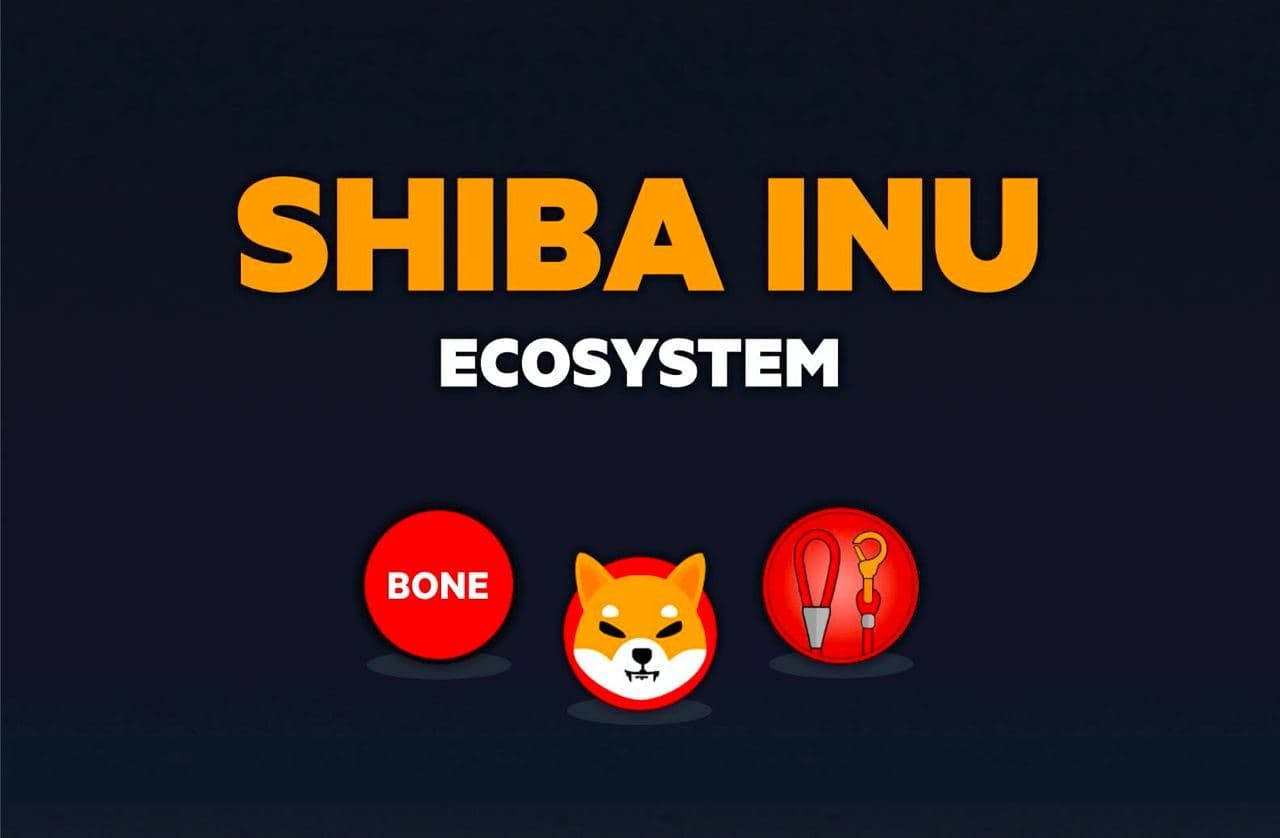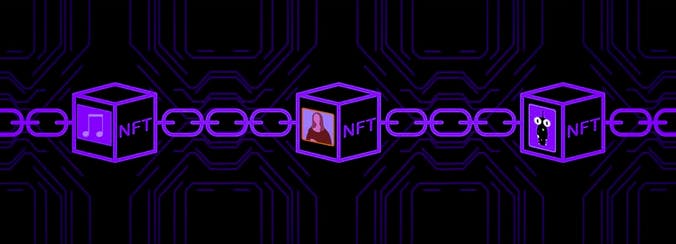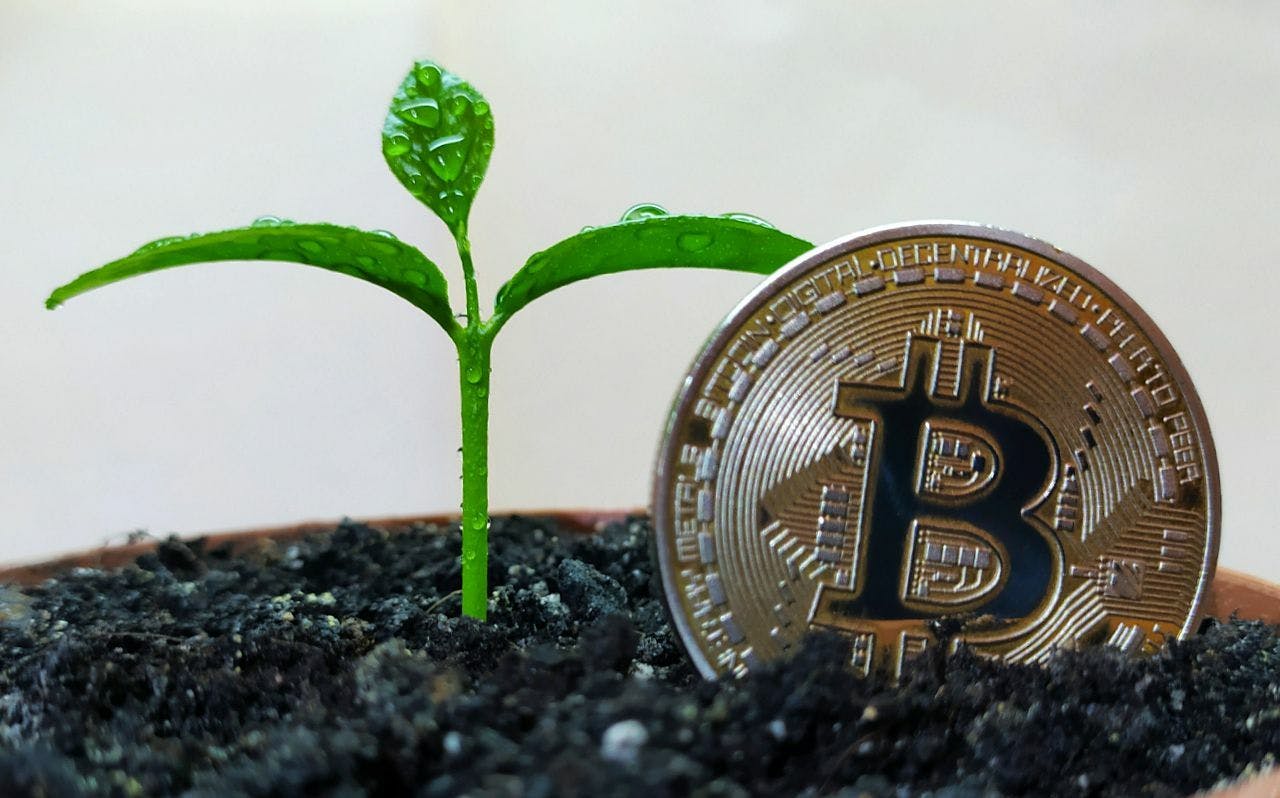
- All
- Analytics
- Technical Analysis
- Trading
- Blockchain
- DeFi
- Guides
- Company News
- Educational
- Opinion
- Price Predictions
- Tools
- Market News
- News
- Trading cases
- Practical guides
- Exchanges
- Trading signals
- Cryptocurrency
- Crypto bots
- Other
Become a crypto master
Learn everything about crypto,
trading and bots

Five cryptocurrencies currently on the rise
Start Trading on 3Commas Today
Get full access to all 3Commas trading tools with free trial period

In 2013, the total cryptocurrency market cap was equal to $1.6 billion. Over the next eight years, the market achieved a thousandfold increase in capitalization. Today, to be considered a top-50 cryptocurrency by market cap requires a valuation close to $2 billion. There are some projects which were previously unheard of and shot their way to the top of this list in no time at all.
We will explore these little-known digital assets that were once barely known to the general investor community, turning their casual investors into billionaires in a matter of months.
Shiba Inu
In August 2020 an anonymous developer (or developers) from Asia known as Ryoshi launched a meme coin on the Ethereum blockchain. The token was among the thousands of similar projects, except for one important detail that would later play a large role in its success.
The team named their token after the breed of the most famous dog in the cryptocurrency space, Shiba Inu. It is the meme that Dogecoin carries, which could also be included in this review, but DOGE proved itself back in 2018 when it grew 60-fold in a matter of months.
The rise of Shiba Inu
Leading up to the release of Shiba Inu ( SHIB), the price of DOGE quadrupled over the summer of 2020. The developers decided to take advantage of such success by advertising their project as the killer of Dogecoin.
The publicity stunt was a success as SHIB was able to reach millions of DOGE followers, many of whom were brought to the community by Elon Musk. Who would have thought that less than a year later, it was his tweet that would cause hysteria towards the SHIB token?
On May 7, the founder of Tesla and SpaceX replied to the UN special envoy Hiro Mizun’s tweet. Mizun noted the interest towards “Shiba tokens,” advising investors to buy this cryptocurrency rather than the actual dogs. Musk tweeted that he too would like to buy a Shiba, referring to the dog, but speculators took the tweet as an intention to purchase SHIB tokens.
The token rose 70% in an hour, 1,300% in two days, and another day later, the coin reached the top 20 position on coinmarketcap.com.
This growth resulted in Vitalik Buterin’s increase of his wealth to $8 billion as the creators of Shiba Inu sent 50% of the coin’s supply to the Ethereum founder’s wallet. The fate of SHIB was in his hands, and Buterin sent about $1 billion to charity, destroying the remaining coins on May 17.
Shiba Inu Ecosystem
The May cryptocurrency market decline has caused Shiba Inu’s price to drop. However, the token’s price has still held its ground relatively well, and now seems to be a good time for investors to reevaluate the project’s prospects.
The developers have launched a decentralized exchange ShibaSwap, where investors (farmers) can use their SHIB to provide liquidity, receiving a reward (harvest) in the form of BONE token and part of the income from the platform fees. The rewards are distributed in proportion to the share of each farmer’s contribution.
The token can also be purchased on the Uniswap exchange and numerous centralized platforms like Binance, OKEx, Huobi, Poloniex, and more.
KLAY Airdrop Pump
KLAY cryptocurrency was released in late June 2019, but it wasn’t until late March 2021 that the crypto community began to take notice.
The team behind KLAY, the popular South Korean messenger Kakao, sought to replicate the success of Telegram Open Network. Unlike Pavel Durov’s project, major IT corporations, such as LG and Samsung, were involved in the creation of the Korean project.
Kakao created its own blockchain, Klayth, to showcase technological superiority. Blocks were assembled in 1 second, accommodating 4,000 transactions. The network is supported by nodes that can be run on a cellphone, making it much more lightweight than its competition. Samsung launched its own branded smartphone to support the KLAY cryptocurrency and Klayth blockchain.
The platform accommodated many smart contracts and templates by 2020, supporting secure verification, a number of legal decentralized features, document storage, and corporate network functionality.
KLAY cryptocurrency was integrated into the popular payments system KakaoPay, listed on all Asian exchanges. In just two years, KLAY grew 500%. Then, from February to March 2021, the token grew by 1,000%, literally flying into the top 15 cryptocurrencies by market capitalization in a single month.
The rise of KLAY
Bitcoin’s rise above its 2017 all-time-high at the end of 2020 and the strong growth that followed in January 2021 brought the cryptocurrency industry to the attention of a wide range of investors. South Korea’s second-largest business news outlet decided to take advantage of this factor.
The Korean Economic Daily had by then joined Klayth’s board of directors, allowing the agency to approve a large-scale airdrop: a free KLAY giveaway to millions of their subscribers. Many of these users received cryptocurrency for the first time in their lives, and developers had already released the user-friendly mobile wallet to make it as user friendly as possible.
The founders of Klayth also managed to convey the perks of the KLAY cryptocurrency airdropped to the public. Its storage brought interest for staking — locking deposits in order to receive the rewards. This exciting news of interest earnings and the token’s price increase led investors to lock more than $1 billion on the network in just one month.
A timely airdrop and the staking opportunity were the drivers for the KLAY price increase. The groundwork, layed out earlier, also had contributed to the growth of KLAY’s price: tokens were available on all major platforms (except Binance), could be stored in a user-friendly wallet, and were accepted in a number of online retail networks in Asia.
Klayth ecosystem
Klayth blockchain is constantly developing to support the growing ecosystem. In 2021, the developers added functionality for non-fungible tokens (NFTs) to digitize unique items. These tokens can be sold on NFT marketplaces like OpenSea, the largest NFT marketplace currently in existence.
The Klayth platform aims to attract the attention of DeFi startups by developing bridges that will allow deposits to be transferred from other blockchains. Given the low fees and high speed of transactions, this initiative has every chance to succeed.
Filecoin’s double-pump
Back in 2014, some developers had the idea to develop a blockchain for decentralized cloud storage of information. The California-based startup Protocol Labs began working to create such a solution over this time, and even raised $206 million in their 2017 ICO to grow their efforts.
It was several years before the company’s Filecoin ( FIL) token started trading. And while it’s price did appreciate in value over the beginning of its lifecycle, it was quickly forgotten after losing over 90% of its value.
History of FIL’s rise to the top
No one remembered FIL coin and the project itself until late May 2020, when the digital asset market started to come back to life. Protocol Labs had managed to surprise everyone by launching a decentralized file storage mainnet later that year.
The news led to a 300% growth of FIL in 15 days. Unfortunately, the pump did not continue much further. Various technical issues on the mainnet and a miners’ revolt negatively affected the cryptocurrency’s price, mitigating all of its 15-day growth in two months by the end of 2020.
Investors who did not lose confidence in the project earned + 800% in the next four months of 2021. Filecoin was one of the few cryptocurrencies that was able to withstand a massive fall from grace to break into the industry’s top echelon multiple times.
Filecoin ecosystem
The Filecoin blockchain is implemented on a Web 3.0 solution known as InterPlanetary File System ( IPFS). This peer-to-peer protocol provides a direct connection between miners providing available disk space and consumers of the decentralized storage service.
FIL serves as the settlement unit of the ecosystem, with miners being rewarded for storing and maintaining the integrity of the copy, which is proven by rewriting files and blockchain consensus.
Developers continue to improve the system by opening up storage for NFT tokens. There are also plans to launch smart contracts that manage complex types of services to host large amounts of information.
Multi-scalability of Polygon MATIC
At the time of its creation in 2017, the Matic Network was one of many projects attempting to scale the Ethereum blockchain. While the crypto winter of 2018 “buried” many startups, Matic developers managed to survive the hardships by working with Ethereum, whose foundation sponsored their contributions in the code for Plasma, WalletConnect, and Dogger technologies, which are the types of secure transaction transfers to and from the second layer networks.
It was the experience of working on multiple scaling solutions that subsequently led the Matic Network to grow as one of the top 30 cryptocurrencies.
MATIC’s rise to the top
The MATIC team returned to developing their own project at the end of the crypto winter, releasing the MATIC token through an IEO in 2019. Thanks to Binance Launchpad’s support of the token offering, early investors earned 700%. Still, the coin’s capitalization was low, and it remained in the bottom of the cryptocurrencies rankings.
Developers have invested in improving the PoS consensus mechanism on the blockchain and the creation of simple and user-friendly wallets. Their efforts have not gone unnoticed. MATIC grew by 600% in a year, but by early 2021 it still struggled to reach $100 million in capitalization, continuing to be yet one of many Ethereum scaling protocols.
The Polygon MATIC blockchain added Optimistic Rollups and ZK-Rollups technology to Plasma. The multichoice technology opened up the possibility to create corporate networks, either standalone, connected to the MATIC network, or directly to Ethereum.
In February, as MATIC announced its rebranding, its new features and approach made it into a competitor to a few well known projects, such as Polkadot, Cosmos, and Avalanche. The project was now set to become a layer-two aggregator, allowing developers to build their dApps on the scalable and Ethereum-anchored platform. Some of the advisors who onboarded the project as a part of the rebranding strategy, described Polygon’s approach as “Polkadot on Ethereum”. Investors who realized the value of Polygon MATIC’s flexibility increased their wealth 144-fold in 4 months.
Polygon MATIC ecosystem
Polygon MATIC is now actively being traded across many cryptocurrency exchanges. Binance and Coinbase have opened an opportunity to deposit and withdraw ETH and Ethereum-based tokens; the network has already accepted 50 smart contracts ported from the Ethereum platform.
The MATIC token opens up the possibility to stake and receive profits through PoS mining, which is available directly in the wallet or through the DeFi pools. MATIC gets validated within its own network in 2 seconds and can ultimately process 65,000 transactions a second.
New stablecoin algorithm Terra LUNA
In 2019, a new Terra LUNA blockchain protocol, utilizing stablecoins to provide price stability to the global payments systems, appeared on the cryptocurrency market. The developers created a decentralized system, where the Terra token rate is tied to the value of certain fiat currencies, algorithmically adjusted by the amount of LUNA issuance.
The platform supports three types of fiat cryptocurrencies: the U.S. dollar, the Korean Won, and the Mongolian Tugrik, as well as a Terra token (SDR), which offers special drawing rights.
All Stablecoins are pegged to Terra (SDR). Therefore, a drop in this peg leads to an increase in Luna issuance, while the price rise causes the algorithm to destroy the corresponding amount of cryptocurrency. This mechanism helps to maintain the price peg of the digital asset.
Terra LUNA’s rise to the top
The system described above has “locked” the Luna exchange rate in the $0.15 to $0.50 range, allowing arbitrageurs and hedgers to profit from the cryptocurrency’s price fluctuations. However, the market’s Autumn 2020 rise disrupted this pattern, highlighting the significant dependence of the Luna exchange rate against the demand for UST dollars — an algorithmic stablecoin by Terra.
It was this factor that caused developers to dramatically increase the coin’s emission while destroying a significant portion of Luna to stabilize its exchange rate. This supply deficit raised the coin’s value 27-fold, which pushed this little-known asset to the top 30 cryptocurrencies by market capitalization.
Terra LUNA ecosystem
Terra LUNA combines the unique features of cryptocurrencies and stablecoins, addressing the vital market volatility problem, while Terra’s dual coin model is also a benefit to the project’s further adoption. Terra runs on various blockchains, such as Ethereum and Solana with more blockchains to be supported in the near future. Terra’s flexibility and innovative approach to ensuring price stability provides potential for the project’s further growth.
Disclaimer: The contents of this article are not intended to be financial advice and should not be treated as such. 3commas and its authors do not take any responsibility for your profits or losses due to any information gained from reading this article. The price prediction contained herein is based on data that was gathered from a variety of sources. This should not be used as a parameter for investing. The user must do their own independent research to make informed decisions regarding their crypto investments.

A proven leader, successful at establishing operational excellence and building high-performance teams with a sharp focus on value creation and customer success.




